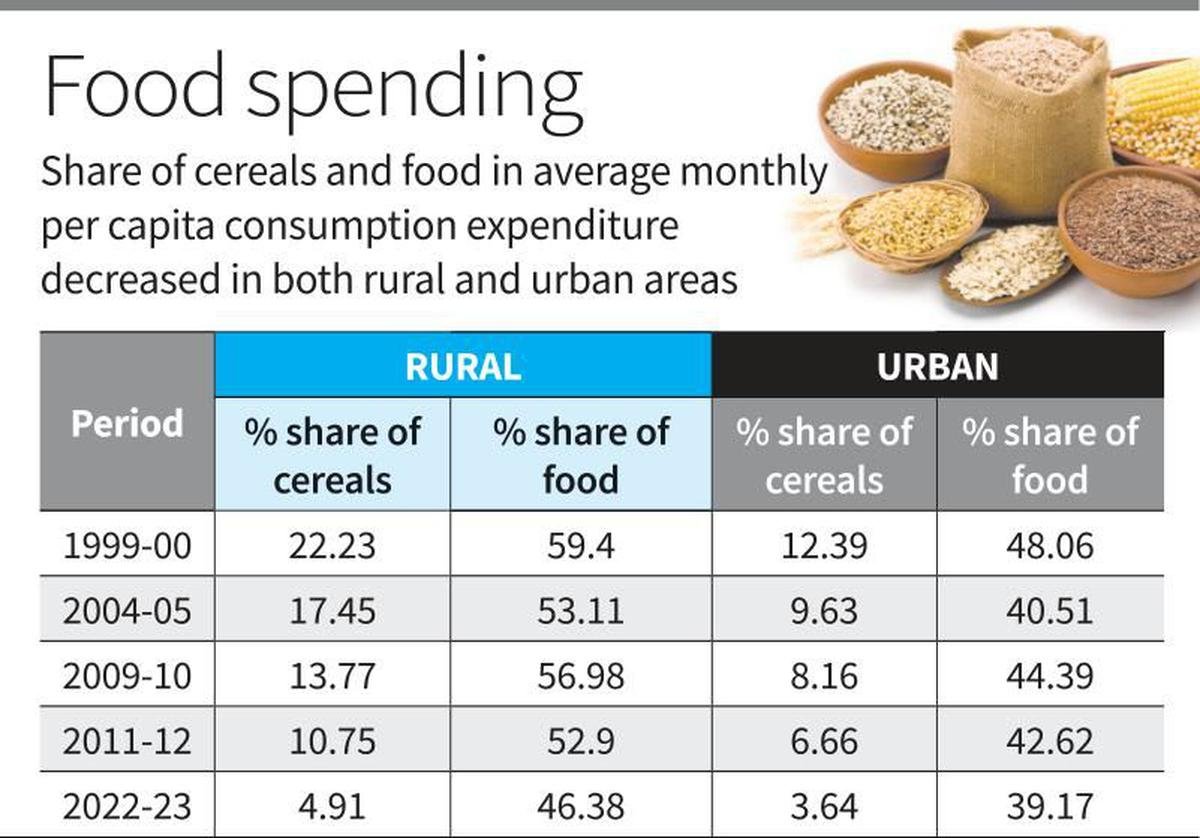
Overhauling the Environment, Social and Governance (ESG) Metric
Subscribers of "Current Affairs" course can Download Daily Current Affairs in PDF/DOC
Subscribe to Never Miss an Important Update! Assured Discounts on New Products!
Must Join PMF IAS Telegram Channel & PMF IAS History Telegram Channel
- Context (IE): There is increasing demand to revise Environment, Social and Governance (ESG) criteria to more accurately evaluate the enterprise decisions essential for addressing and overcoming climate change and rising inequality.
What is ESG?
- ESG goals are a set of standards for a company’s operations that force companies to follow better governance, ethical practices, environment-friendly measures and social responsibility.
- Environmental criteria consider how a company performs as a steward of nature.
- Social criteria examine how it manages relationships with employees, suppliers, customers, and the communities where it operates.
- Governance deals with a company’s leadership, executive pay, audits, internal controls, and shareholder rights.
- It focuses on non-financial factors as a metric for guiding investment decisions wherein increased financial returns are no longer the sole objective of investors.
- Ever since the introduction of the United Nations Principles for Responsible Investing (UNPRI) in 2006, the ESG framework has been recognised as an inextricable link to modern-day businesses.
- ESG surpasses financial metrics, assessing energy conservation, diversity, employee well-being, community engagement, and ethical practices.
- It helps to evaluate how a company manages risks and opportunities related to changes in social, economic, and environmental factors.
Evolution of ESG
- The ESG concept, a blend of environmental, social, and governance factors, has a rich history spanning two decades.
- It was first introduced in a 2005 UN-led report, ‘Who Cares Wins: Connecting Financial Markets to a Changing World’, and has since been embraced by financial institutions, investors, and regulators.
- Several earlier strategic and regulatory frameworks focused on sustainability, such as:
- EHS (Environmental, Health, and Safety): Aimed to improve labour and safety standards for employees and reduce pollution while pursuing economic growth.
- Corporate Sustainability: This concept emerged when companies started exceeding legally required environmental impact reductions.
- However, this concept was sometimes misused through “greenwashing” where companies falsely claimed to be environmentally responsible.
- CSR (Corporate Social Responsibility): Began to include ideas on how companies should address social issues.
CSR in India
|

Credit: ESG Model Validation
Significance of ESG
- Future Security for Firms: These assessments have become vital for firms to secure their future by de-risking themselves from external uncertainties, as well as to conform to regulatory requirements.
- Investment Integrity: It is not only a means for companies to attract discerning investments but also a mechanism to ensure that these investments contribute to the overall well-being of the planet.
- This dual role is particularly significant for companies operating in environmentally challenging sectors like energy and mining.
- Addressing Climate Change: ESG aids businesses in addressing climate change, mitigating risks, enhancing sustainability, and meeting global climate goals.
- Social Responsibility: ESG includes social aspects like diversity, employee well-being, and community engagement, fostering ethical practices and stakeholder relationships.
- Strong Governance: “ESG’s ‘G’ highlights governance, promoting transparency, accountability, and ethics, fostering investor trust and sustainability.”
- Financial Performance: “Inclusive companies meet financial goals consistently; ESG integration boosts resilience in crises and fosters innovation.“
- Meeting Stakeholder Expectations: ESG aligns with consumer and investor preferences for environmentally and socially conscious practices.
- Regulatory Compliance: ESG disclosure requirements are evolving, reflecting their increasing importance. Adhering to ESG standards positions companies to comply with changing regulations.
- Long-Term Value: ESG contributes to long-term value creation by managing risks, fostering stakeholder relationships, and positioning companies for sustainable growth.
Relevance of ESG in India
- Regulating bodies: India has long had several laws and bodies regarding environmental, social, and governance issues, including the Environment Protection Act of 1986.
- NGT: Quasi-judicial organisations such as the National Green Tribunal (NGT) govern employee engagement and corporate governance practices.
- BRSR: The Securities and Exchange Board of India (SEBI) revised the annual Business Responsibility and Sustainability Report (BRSR) required by the 1,000 largest listed companies in India.
|
Concerns related to ESG
- Transition Costs: Transitioning to sustainable practices may be costly, requiring investments in infrastructure, technology, and training and potentially straining financial resources.
- Risks and Uncertainties: Certain environmental or social initiatives might not yield immediate returns or could face opposition from stakeholders.
- Smaller Businesses: Smaller businesses face challenges prioritising ESG due to limited resources, making it harder to balance with daily operations.
- Legitimacy of Self-Regulation: CSR is mandatory in India but voluntary in regions like the EU, UK, and US, sparking concerns about self-regulation’s legitimacy.
- ESG Evaluation: The lack of uniformity and inherent subjectivity in ESG evaluation criteria undermine their credibility, as ESG ratings from different agencies are often inconsistent and incomparable.
- Single Materiality Bias: ESG often measures only the risks climate change and social upheaval pose to a company, not the company’s impact on these issues.
- This “single materiality” perspective overlooks broader social and environmental implications.
- European regulators now use “double materiality” standards, measuring both external impacts on organisations and their impact on the environment and society.
- Anomalies in Indexing and Ethical Ratings: Bundling the E, S, and G elements into a single evaluation metric leads to curious consequences.
- The ESG Index Provider Dow Jones Indices recently removed Tesla, an emissions-reducing electric vehicle manufacturer, from the Standard and Poor Sustainability Index but kept Exxon Mobil, an oil giant.
- Cigarette companies were rated as more ethical investment choices than Tesla, which was penalised for workplace and governance issues.







![PMF IAS Environment for UPSC 2022-23 [paperback] PMF IAS [Nov 30, 2021]…](http://pmfias.b-cdn.net/wp-content/uploads/2024/04/pmfiasenvironmentforupsc2022-23paperbackpmfiasnov302021.jpg)











